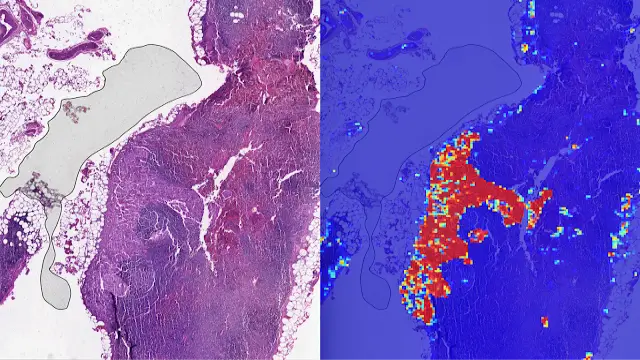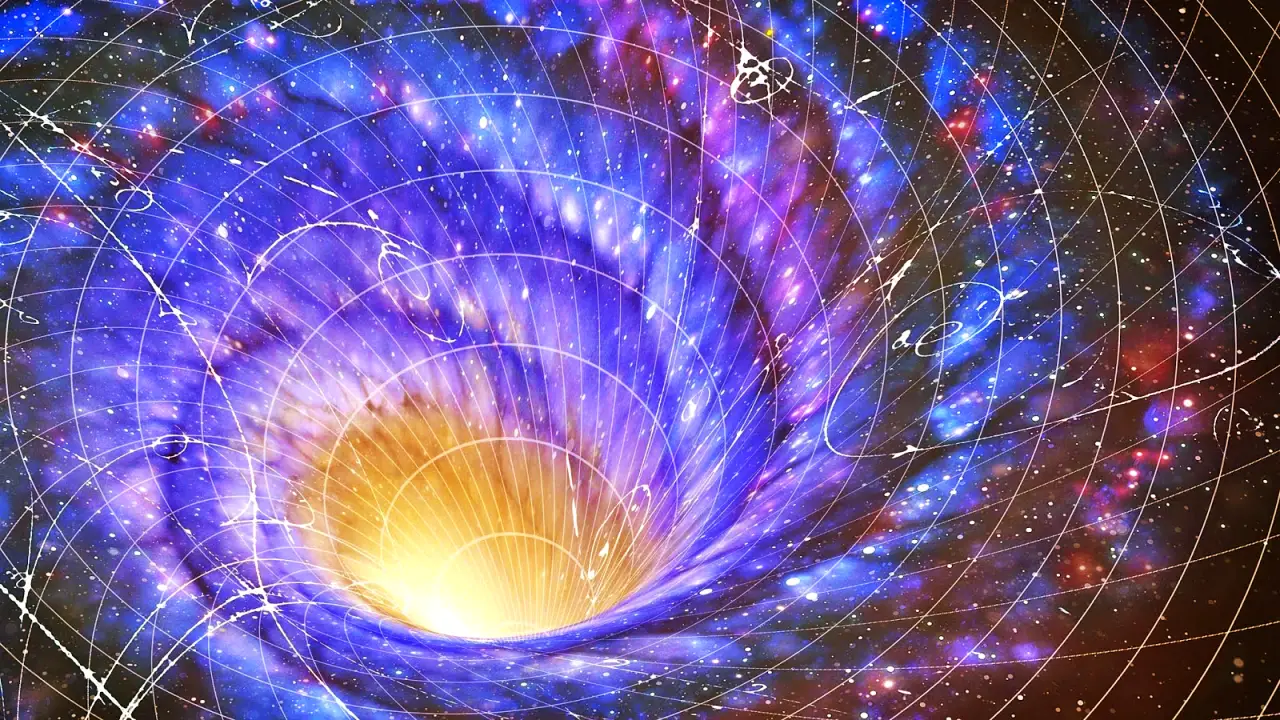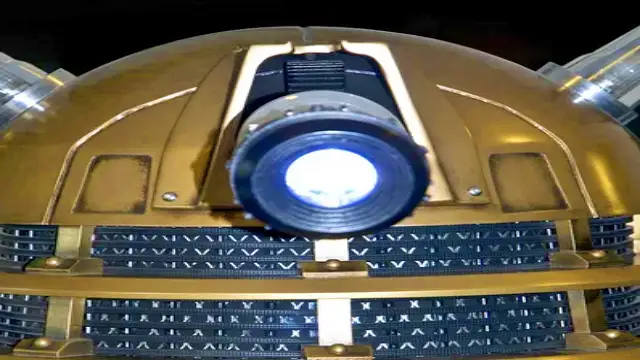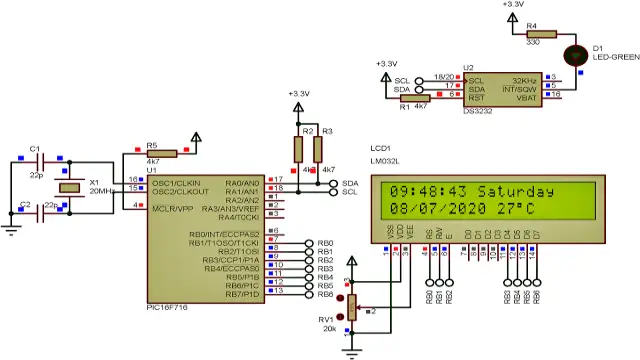Meteor Detection Using an FM Radio
When a meteor burns as it enters the atmosphere, atmospheric gases get ionised and reflect terrestrial radio signals, which are often only audible within the line of sight of the transmitter. The only time distant radio stations may be picked up over the horizon is when a meteor’s ionised gases reflect their signals back to earth.
One can find meteors in the atmosphere by employing a powerful transmitter beyond the horizon and a tuned receiver.
Commercial FM radio stations (87.5–108 MHz) offer an excellent transmitter that may be utilised to find meteor-produced ionised gases. Due to the large number of over-the-horizon stations that broadcast continuously, radio detection of a meteor can be detected from a properly positioned receiver at any time of day.
Meteor detection rates using radio are often greater than those by optical observation. It is possible to discern meteor particles as tiny as 3 or 4 mm. By using radio monitoring, meteor particles as tiny as 0.1mm can be found. Numerous detections will come from meteor showers. The Arietids, which reach their peak each year around June 8, are the most intense of them. Up to 100 radio detections can be made by them each hour.






















